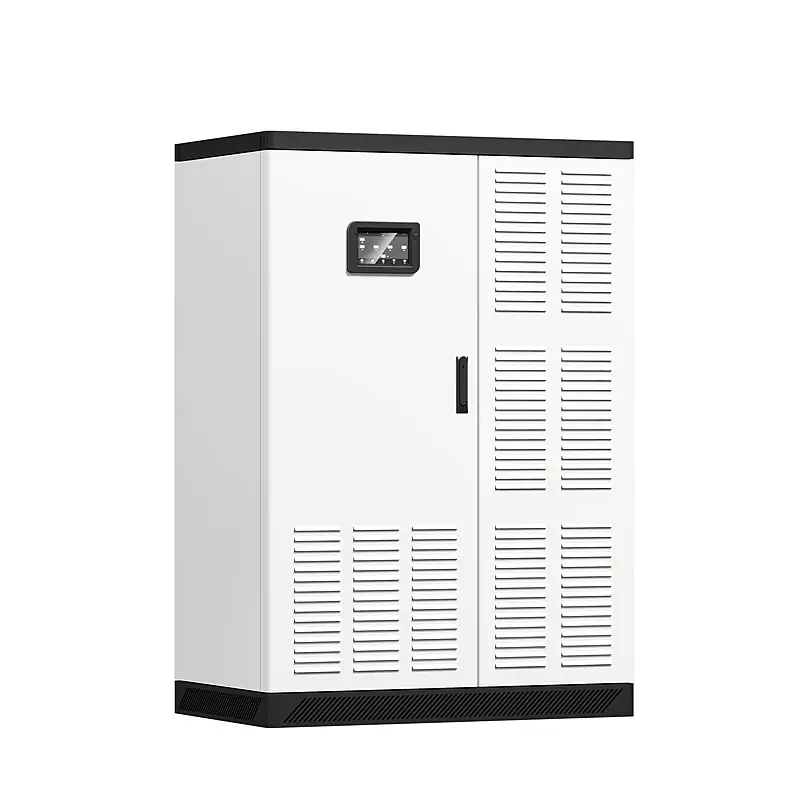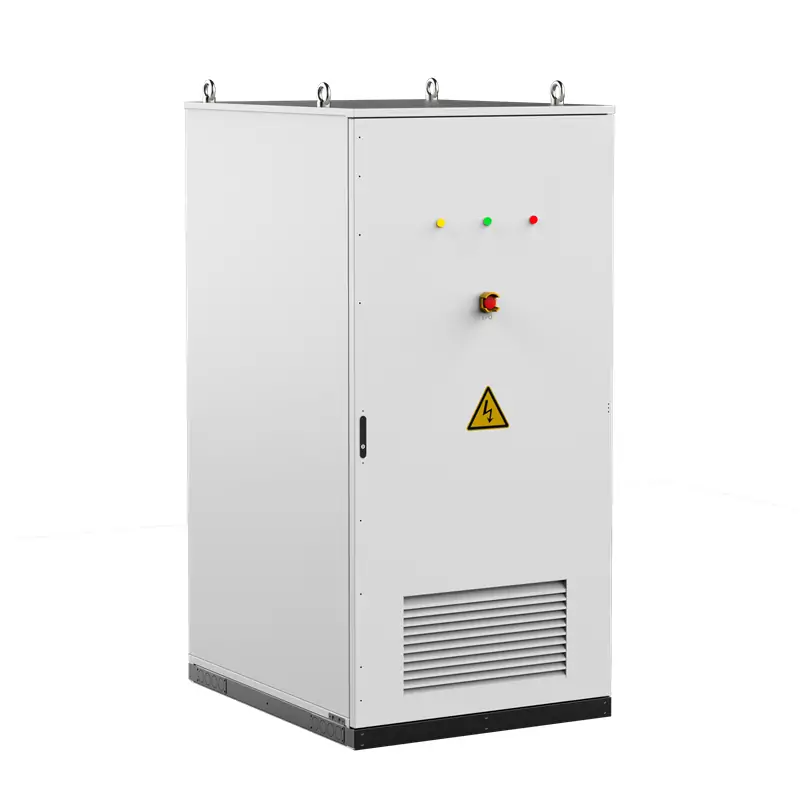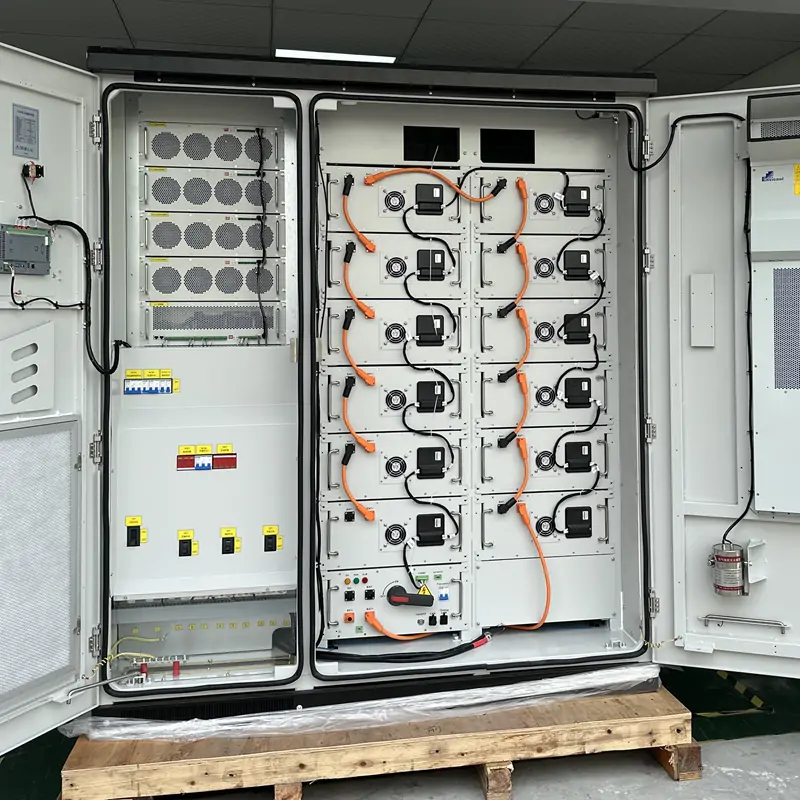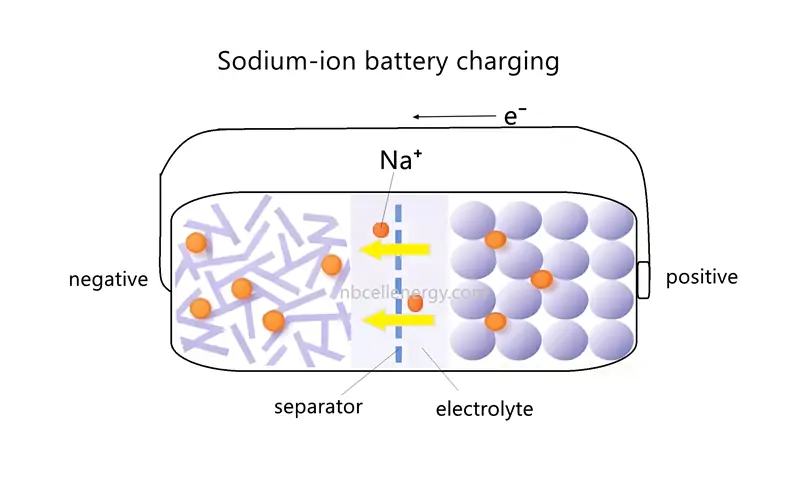Connecting lithium batteries in parallel allows you to increase capacity without changing the voltage, allowing your device to run longer without frequent charging. So how do you connect lithium batteries in parallel?
The answer is: connecting lithium-ion batteries in parallel means connecting the positive terminals of multiple batteries to the positive terminals and the negative terminals to the negative terminals, thus forming a battery with increased capacity and unchanged voltage.
Sounds simple, right? But to ensure safety and efficiency, let’s take a look at the detailed process of connecting lithium batteries in parallel.
Table of Contents
Issues to Consider before Connecting Batteries in Parallel
1. Are the Battery Types, Capacities, and Voltages the Same?
When connecting lithium batteries in parallel, pay attention to battery consistency and avoid mixing batteries of different brands, capacities, or new or old batteries.
When lithium batteries of different voltages are connected in parallel, it is easy to cause internal friction and even damage the battery with the lowest voltage. The size of the internal resistance affects the battery’s external discharge capacity. When batteries of different internal resistances are connected in parallel, their subsequent discharge will be affected. With good capacity consistency, it is easy to achieve a balance between charge and discharge, and the energy output can be maximized.
Therefore, before connecting in parallel, please choose batteries with good consistency. Mismatched batteries will cause trouble.
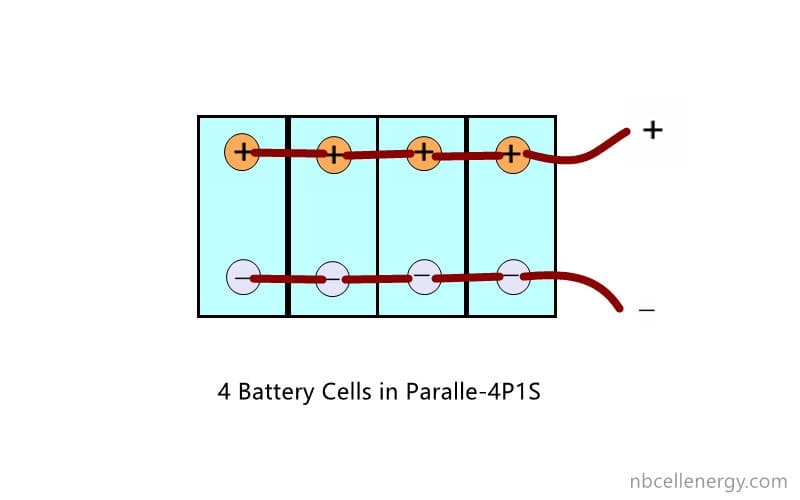
2. Do You have the Necessary Tools for Parallel Connection of Batteries?
Parallel connection of batteries definitely requires tools for connection and detection. Having these ready will make your operation smoother.
A multimeter can be used to measure the voltage, current, resistance and other parameters of the battery. Before and after parallel connection of batteries, you need to use a multimeter to detect the status of the battery to ensure that the battery parameters meet the requirements, and to determine whether the parallel connection is correct, and whether there are problems such as short circuit and open circuit.
Connection tools such as connectors, wires, busbars, nuts, insulating tapes, etc. can connect the batteries stably together and ensure that they can be used normally after parallel connection. Some battery manufacturers will provide matching connection materials. If not, please choose the appropriate connection materials according to your battery parameters.
In some professional or complex battery parallel connection scenarios, more professional tools such as battery equalizers, battery testers, oscilloscopes, etc. may also be used.
3. Are You Equipped with Appropriate Safety Equipment?
It is recommended to wear safety equipment such as goggles and insulating gloves during operation.
During battery operation, battery fluid may splash out, metal debris may splash out, etc. Goggles can effectively block these substances from entering the eyes and prevent chemical burns or mechanical damage to the eyes.
Insulating gloves can play the role of electrical insulation, preventing operators from getting electric shock when touching the positive and negative poles of the battery, connecting wires, etc., and avoiding electric shock injuries caused by current passing through the human body.
4. Do You Understand the Possible Risks When Connecting Batteries in Parallel?
Battery internal resistance differences are too large, charging current is too large, and heat dissipation is poor, which may cause battery overheating.
Wrong connection, damage to the battery insulation layer, metal debris or conductive impurities falling into the battery connection part may cause the battery to short-circuit.
These risks will affect the performance of the battery and even cause safety accidents. So be sure to pay attention when operating.

5. Is a Battery Management System (BMS) Installed?
When connecting batteries in parallel, whether the battery is equipped with a BMS is also a consideration.
If you want to connect batteries in parallel, there is usually no BMS. You just need to follow the steps. Of course, you can also equip this group of batteries with a suitable BMS to balance, detect, protect, etc.
If the battery you want to connect in parallel is already a small battery pack. It usually comes with a BMS. It is recommended that you consult its manufacturer to see if it has the function of parallel connection and how many batteries can be connected in parallel at most.
Step-by-step Guide to Connecting Lithium Batteries in Parallel
a. Safety first: Always work in a well-ventilated area and wear insulated gloves and goggles.
b. Check voltage levels: Use a multimeter to make sure all batteries have the same voltage.
c. Prepare tools: Gather high-quality connectors, insulated wires, and a multimeter.
d. Connect positive terminals: Connect the positive terminals of all batteries with the connectors.
e. Connect negative terminals: Similarly, connect all negative terminals.
f. Test connections: Use a multimeter to verify that there are no loose connections or voltage mismatches.
1. Preparation
a. Choose a suitable working environment. The battery operating table must be stable and flat. A dry, well-ventilated, temperature-appropriate, flammable-free and spacious space is the best choice.
b. Prepare tools and materials. Wear safety gear.
c. Select the right battery and ensure the consistency of battery parameters.
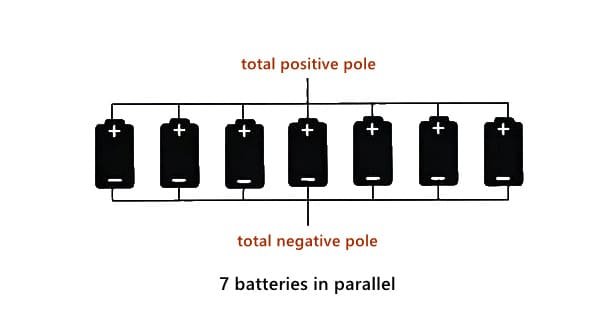
2. Connecting Batteries
a. Placing batteries: Place the batteries that need to be connected in parallel according to the predetermined layout, ensuring that there is enough space between the batteries for easy connection and subsequent inspection and maintenance. At the same time, pay attention to the positive and negative directions of the batteries. Generally, the positive and negative poles of the batteries are aligned to facilitate connection.
b. Connecting cables: Use cables to connect the positive poles of the batteries to the positive poles and the negative poles to the negative poles. When connecting, first connect one end of the cable to the positive pole of one battery, ensure that the connection is firm, and tighten the screws or crimp the connector. Then connect the other end of the cable to the positive pole of the other battery, and also ensure that the connection is reliable. In the same way, use another cable to connect the negative poles of the two batteries. If more batteries need to be connected in parallel, connect them in order of positive to positive and negative to negative.
c. Check the connection: After completing the battery connection, carefully check each connection point to ensure that the cable is firmly connected and there is no looseness or virtual connection. You can gently pull the cable by hand to check whether the connection is firm, and check whether there is a gap or poor contact between the connector and the battery pole. If any problems are found, reconnect or replace the connector in time.
d. Install protection devices: If needed, fuses, circuit breakers and other protection devices can be installed in the circuit of the battery pack to prevent damage to the battery and equipment when overcurrent, short circuit and other faults occur in the circuit. Install the fuse or circuit breaker on the positive output line of the battery pack to ensure that its rated current can meet the normal working requirements of the battery pack and can cut off the circuit in time when a fault occurs.
e. Connect BMS (Battery Management System): If the battery pack is equipped with BMS, connect it to the battery pack correctly according to the instructions of BMS. In order to monitor the voltage, current and other parameters of the battery, and realize the charge and discharge control and protection functions of the battery pack.
Frequently Asked Questions
Q: What happens if I connect batteries with different charge levels?
A: This may cause unbalanced discharge or even permanent damage.
Q:How do I calculate the total capacity?
Add the Ah ratings of all connected batteries. For example, if you connect 4 batteries with a rated capacity of 100Ah in parallel, you will get a 400Ah battery (4*100Ah=400Ah).
Q: Can I combine series and parallel connections?
Yes, but it requires careful planning.
Q: What are the signs of overheating?
Watch for any odor, heat, or swelling in the battery.
Q: Can I connect without a BMS?
A: Technically, yes, but the risk is high. A BMS ensures safety and efficiency.


